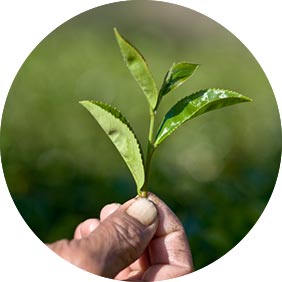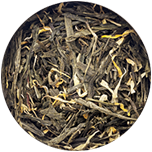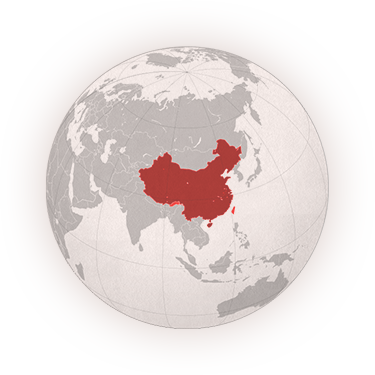
China
The word „tea“ itself comes from Chinese. In the Mandarin and Cantonese dialects it is pronounced as „ccha“, but in the others the word „te“ is used, from which English, German and other terms for tea are derived. More than three-quarters of the world's green tea production comes from China and China also has the highest consumption. White tea has also been recorded for the first time in the Chinese province of Fujian.
A common Chinese custom, dating back to the 15th century, is the brewing of tea in zhong. It is a special cup with a content of 200-250 ml with a slight extension in the upper part with a lid. Pour 5 grams of green tea into it, pour in half with water and infuse for 2-4 minutes. Then this tea is poured into small cups without lifting the lid so that the aroma does not escape. It is drunk hot, without sugar and other ingredients.
 China
China Egypt
Egypt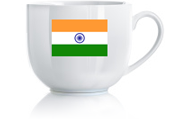 India
India Indonesia
Indonesia Iran
Iran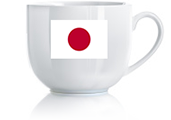 Japan
Japan South African Republic
South African Republic Kenya
Kenya Malawi
Malawi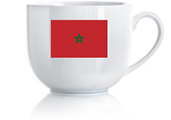 Marocco
Marocco Papua - New Guinea
Papua - New Guinea Russia
Russia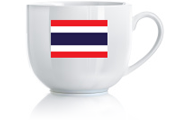 Thailand
Thailand Argentina
Argentina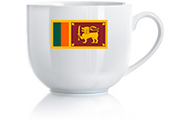 Ceylon (Sri Lanka)
Ceylon (Sri Lanka)